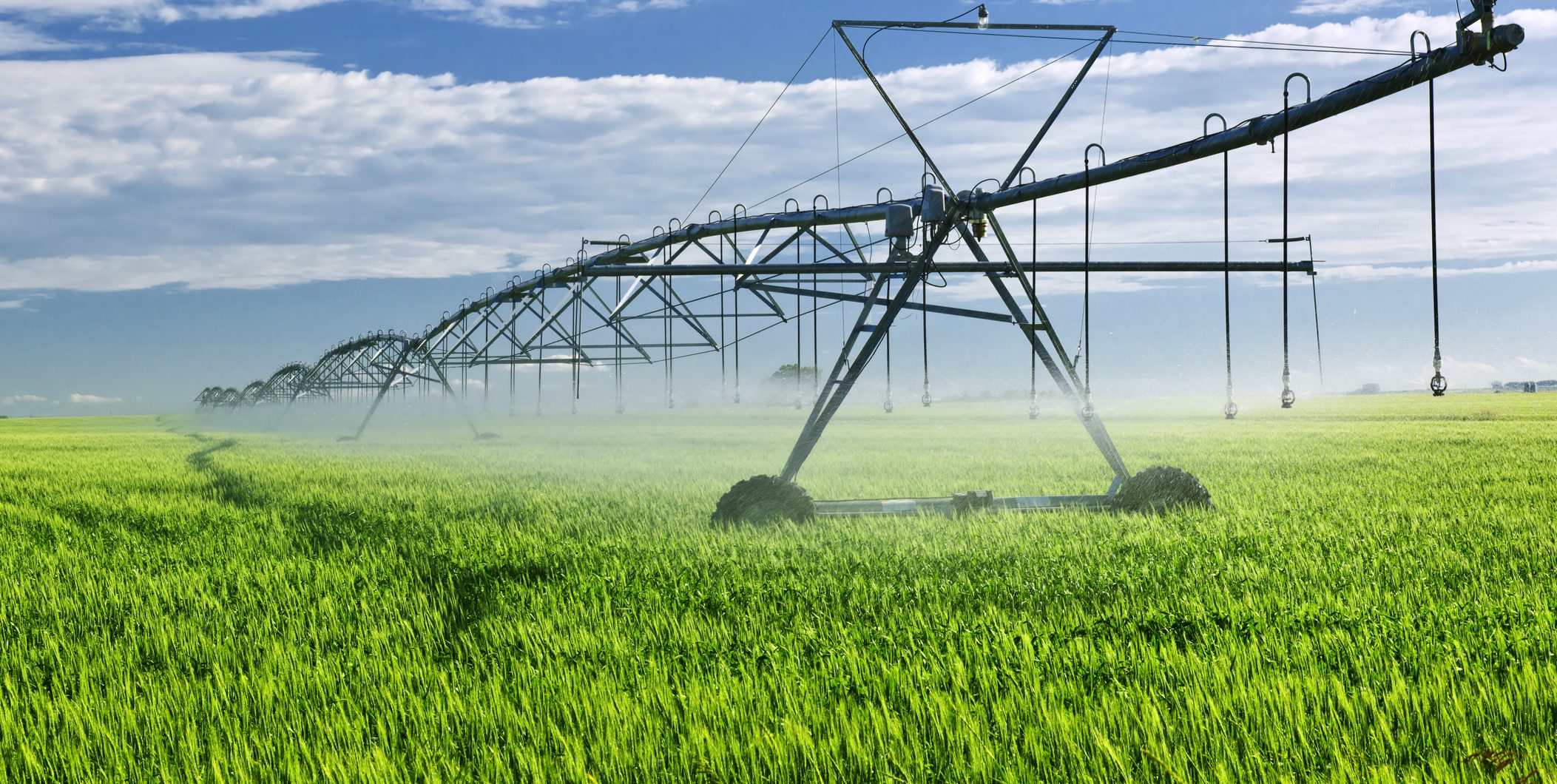A predictive model that combines information about plant physiology, real-time soil conditions, and weather forecasts can help make more informed decisions about when and how much to irrigate. This could save 40 per cent of the water consumed by more traditional methods, according to new research.
“If you have a framework to connect all these excellent sources of big data and machine learning, we can make agriculture smart,” said Fengqi You, a professor in energy systems engineering at Cornell University.
You is senior author of Robust Model Predictive Control of Irrigation Systems With Active Uncertainty Learning and Data Analytics, which was published online in May in IEEE Transactions on Control Systems Technology. Chao Shang from Tsinghua University is the first author of the study. Wei-Han Chen from Cornell University and Abraham Duncan Stroock from Cornell University are also co-authors of the study.
“These crops, when grown in the semiarid, semidesert environment of California’s Central Valley, are huge consumers of water – one gallon of water per almond,” Stroock said. “So there’s a real opportunity to improve the way we manage water in these contexts.”
Previously, Stroock’s group developed sensors to determine when plants are thirsty. But sensors alone are insufficient, because growers don’t need to irrigate if rain is on the way. Considering the weather prediction is better but not ideal, You said, because forecasts are often wrong, and the uncertainty of a forecast may be greater than the expected rainfall.
The researchers’ method uses historical weather data and machine learning to assess the uncertainty of the real-time weather forecast, as well as the uncertainty of how much water will be lost to the atmosphere from leaves and soil. This is combined with a physical model describing variations in the soil moisture. Integrating these approaches, they found, makes watering decisions much more precise.
“We have to run these data-driven methods to get historical data and try to understand, historically, the accuracy of a forecast, and then we try to hedge against that uncertainty,” You said. “This applies to both the time and exact location of rainfall.”
The research was partly funded by the Cornell Initiative for Digital Agriculture.









